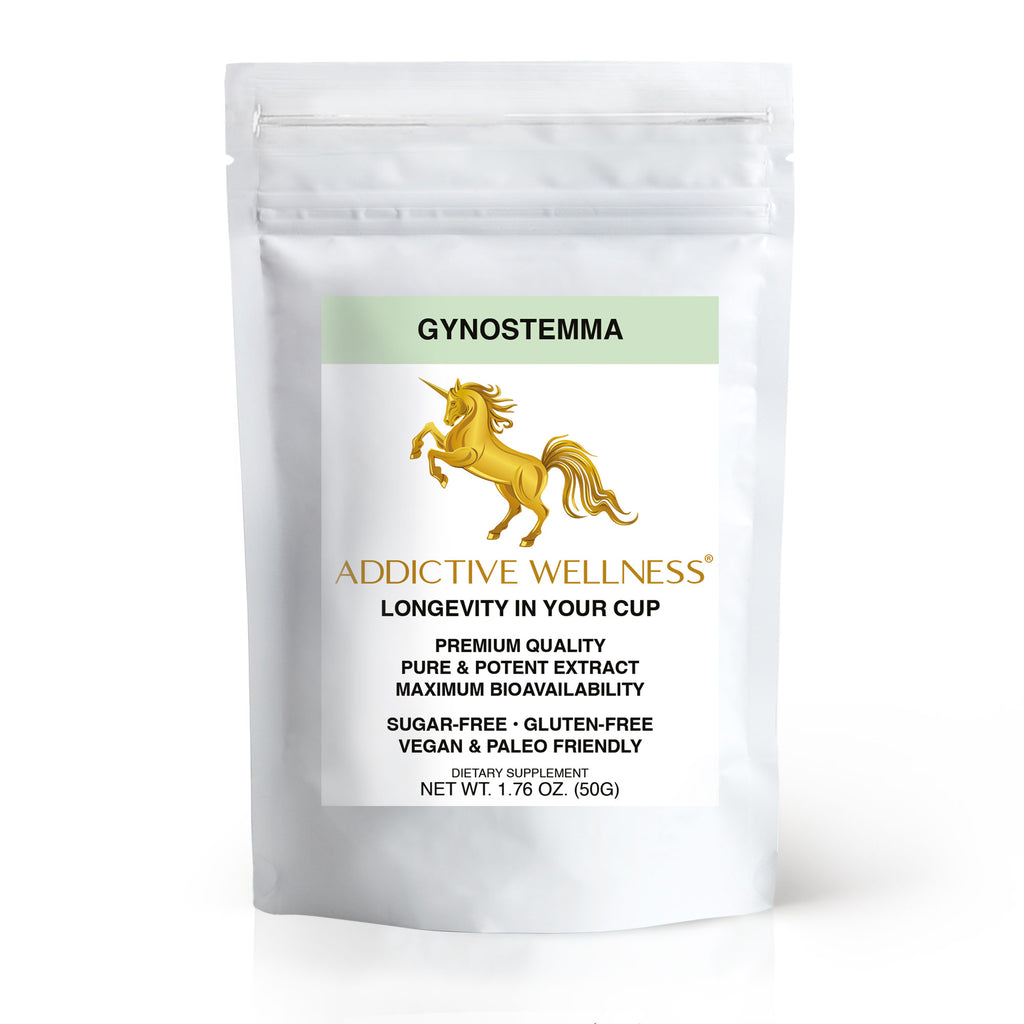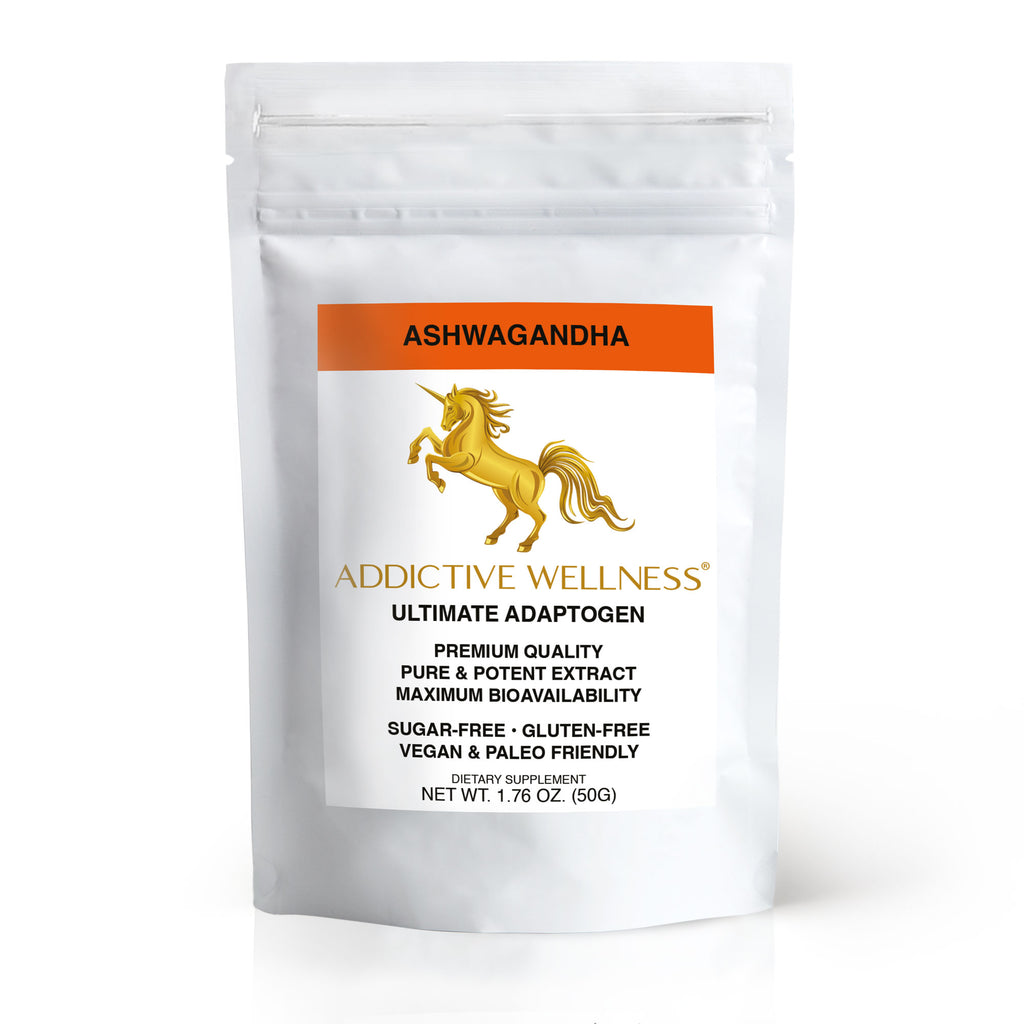The Greatest Adaptogen You've Never Heard of: Gynostemma
At some point or another, we’ve all imagined a sci-fi future with robots that can predict our needs, knowing what we need before we even know it ourselves. They would have the shower turned on for us before we got out of bed, breakfast waiting for us at the table, and they might even drive our cars (or hovercrafts!) for us. And of course, they’d know exactly what to do to promote our optimal levels of physical, mental, and spiritual health, leaving no detail overlooked. While it may be a few years before we have stainless steel butlers, unbeknownst to most people, for thousands of years, nature has provided humans with intelligent adaptogenic herbs to regulate their bodily functions and achieve optimal health.
Adaptogens, especially well known in Ayurveda, Taoist Tonic Herbalism, and Traditional Chinese Medicine, are also known as dual-directional herbs. This means that they are able to regulate certain bodily functions in whatever direction is needed by the body, distinguishing them from all other herbs, which will only be able to push bodily functions in one direction or another. There are many different adaptogens in the world, including ginseng, maca, gynostemma, astragalus, and ashwagandha, to name just a few.
Gynostemma wasn’t widely known, even in China, until the early 1970s when Japanese researchers took a closer look into the incredible longevity being achieved by residents of a particular region in Southern China where gynostemma tea was being consumed on a daily basis. The dual-directional nature of adaptogens is generally attributed to compounds in the herbs called saponins. While the most famous adaptogenic herb in the world, ginseng, contains on average 36 saponins, the Japanese researchers found that gynostemma contained over 100 different saponins. Gynostemma holds the record to this day for the broadest range of saponins of any known plant in the world. The similarities in the saponins between ginseng and gynostemma earned gynostemma nicknames such as “7-Leaf Ginseng,” “Southern Ginseng,” and “Ginseng at a tea price,” reflecting how affordable it was compared to ginseng of comparable potency. However, the people who have been drinking it for hundreds, if not thousands of years still call it “The Magical Grass.”
Gynostemma’s incredible saponin profile gives it the ability to regulate a vast myriad of bodily functions, covering everything from energy, to immunity, to weight and cholesterol. For example, whether one is tired or overly-anxious, gynostemma will help restore a state of peaceful vigor, without being stimulating or sedative. Both athletes and those wanting to lose weight will equally appreciate that gynostemma simultaneously increases the body’s ability to burn fat and build lean muscle. Furthermore, studies in Japan and China have shown gynostemma to have an effective rate of 94.8% in lowering “bad” cholesterol while increasing “good” cholesterol.
Stay tuned to future blog posts to learn how we use gynostemma tea to create a wide variety of delicious and potent hot tonic creations!





